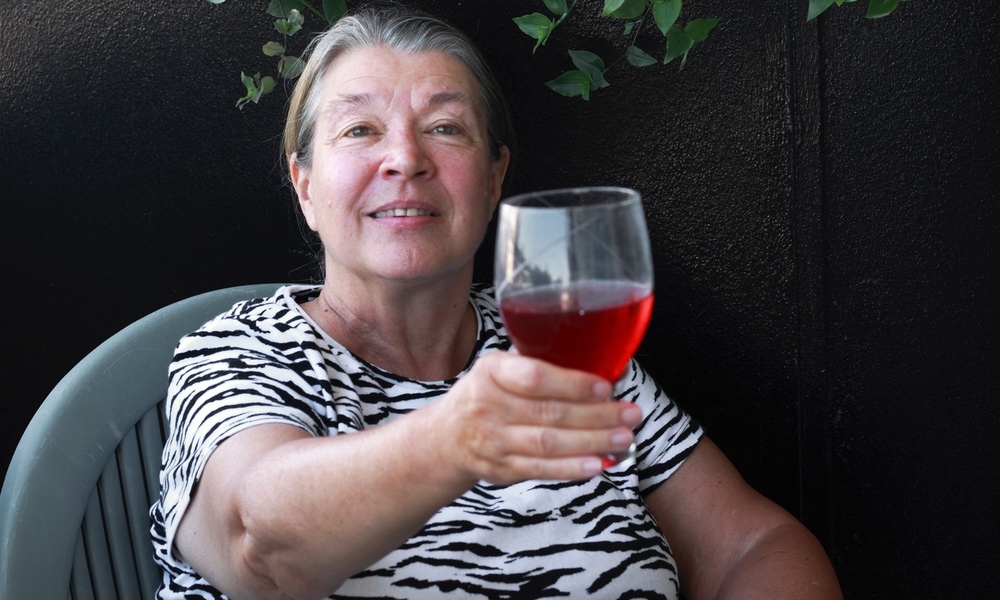A new study in the journal BJOG suggests that women who eat more soy−based foods may significantly reduce their risk of developing ovarian and endometrial cancers. According to National Cancer Institute estimates, upwards of 21,000 women will be diagnosed with ovarian cancer before the year is up, and another 42,000 will be diagnosed with endometrial (uterine) cancer.
Women who had the highest amount of soy compounds in their diets were at a 40% reduced risk of developing ovarian and endometrial cancers, compared to women who consumed the least amount of soy.
Kwon Myung and colleagues at the National Cancer Center in Korea looked at data from hundreds of studies that analyzed soy compounds and cancer risk, and ultimately chose to review seven studies of the highest quality. From these, the team performed a meta−analysis of the data, noting a strong correlation between soy intake and ovarian and endometrial cancer risks.
Women who had the highest amount of soy compounds in their diets were at a 40% reduced risk of developing ovarian and endometrial cancers, compared to women who consumed the least amount of soy. Looking at the cancers separately, the researchers found that women in the highest soy consumption group were at a 30% reduced risk of developing endometrial cancer; and their risk for developing ovarian cancer was almost 50% less than women in the lowest soy consumption group.
While the results are in line with previous findings, the authors say that the next step will be a larger, prospective study to examine this connection as it occurs over time, rather than in retrospect, as with the current study.




